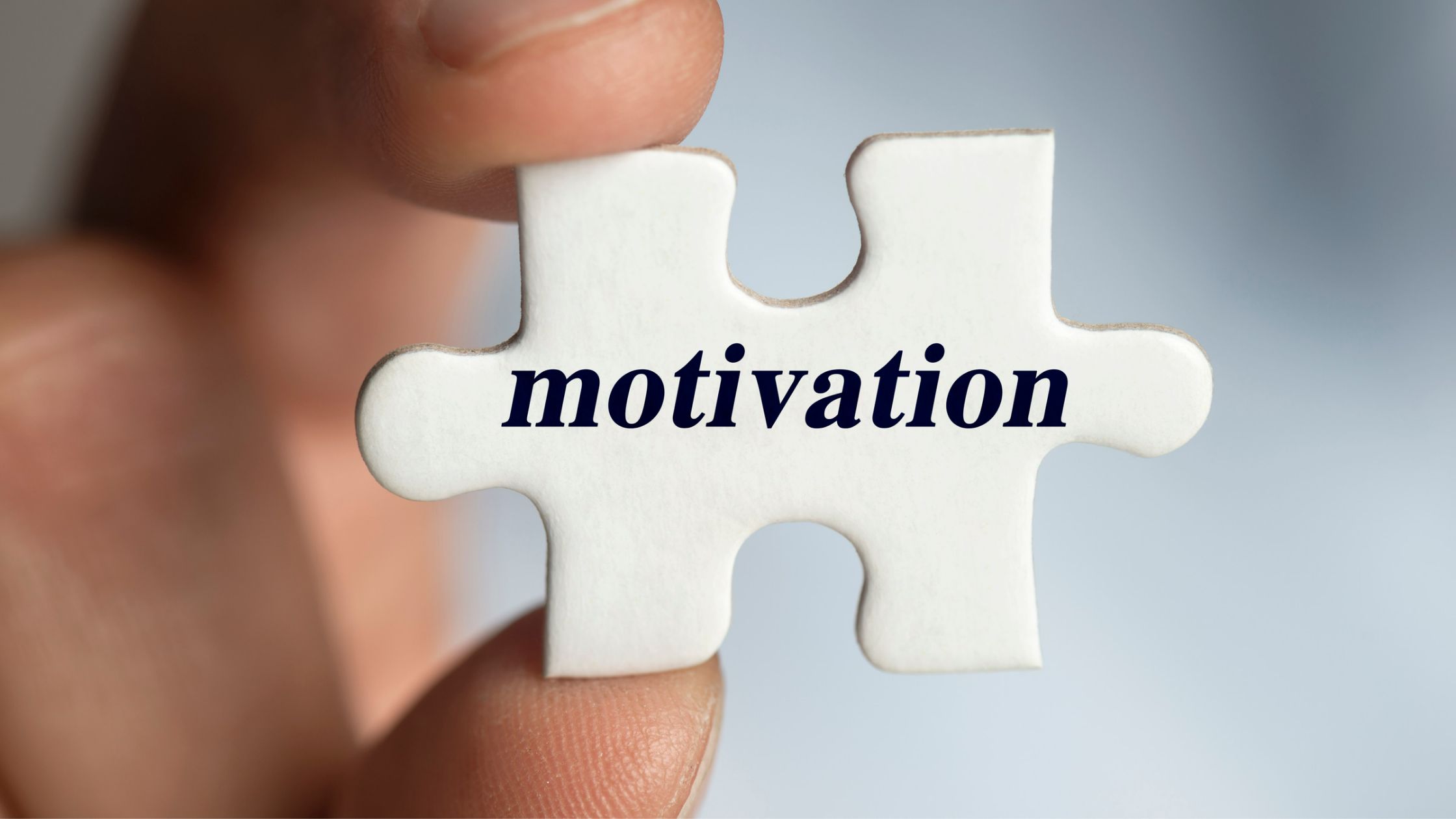Motivational Maps, A Model for the New World of Work
The new world of work that has emerged from under the global tidal wave of change of the past few years has left many organizations looking for new ways to lead, attract, inspire, and retain their most valuable resource, People. We live at a time in North American history when close to half the workforce is operating under a hybrid/fully virtual mode with a diverse workforce which brings differing world views. In addition, four generations, including Baby Boomers, Generation X, Millennials and Generation Z, can now be found on one work team. Each of these generations bring different skills and values, the latter being at the core of what motivates an individual to engage and thrive.
Talk of “The Great Resignation”, “The Great Resistance” and “Quiet Quitting” dominate traditional and social media. It should not be surprising that building and sustaining healthy and productive human relationships is top of mind for workers, leaders, and organizations as these have a significant impact on job satisfaction, retention, and performance.
Our aim in this first article is to offer a brief introduction to a model that serves as a Relationship Accelerator. By that we mean that it provides an efficient way to deepen our understanding of self and others. The model in question, Motivational Maps, was created by James Sale, a published author & speaker based in the UK. James’s model and its associated assessment tools, which generate individual and team profiles, was developed from the core concepts of three models: Edgar Schein’s Anchors model, the Enneagram, Maslow’s Hierarchy of Needs.
Motivation, as seen by Sale, fundamentally comes from a series of factors that are inside us. They depend on our personality (developed from our past, our childhood), our conception of ourselves (present-focused) and our expectations about future outcomes (future-oriented). Because our self-concept and our expectations of the future change over time, our motivation also changes over time.

The Motivational Maps are grouped in three 3 clusters, namely motivations which energize us through our relationships, our achievements, and our individual growth. Within each cluster, there are three (3) motivators for a total of nine motivators as outlined below with their inherent values:
GROWTH CLUSTER
- Searcher: meaning, making a difference & worthwhile contribution
- Spirit: freedom, independence, making own decisions
- Creator: new ideas, innovation, autonomy
ACHIEVEMENT CLUSTER
- Expert: knowledge, mastery, specialization
- Builder: luxurious lifestyle, material possessions, goal-oriented
- Director: take responsibility, influence, mobilize people & resources
RELATIONSHIP CLUSTER:
- Star: recognition, be valued, respect
- Friend: belonging, fulfilling relationships
- Defender: security, predictability, stability
It’s important to highlight that each person has the nine (9) motivators present in them, but present in a different combination and order of importance for each of us. Our individual profile gives us information about which type of motivators give us energy to do things we want to do and at what level we are satisfied with our top motivators. There are well over 1 million potential profiles. Maps do not stereotype people. Rather, they reflect how we change.
Why is it important to know what motivates us?
What motivates us impacts how we make decisions. As our motivational profile reveals what motivates us, we become better equipped to make more conscious and informed decisions. This in turn impacts our capacity to reach our objectives and by doing so, bolster our personal and professional satisfaction.
As an example, consider a young talented employee, let’s call her Marina who is being encouraged by a close friend in another department, to apply for a position in her unit. As it happens, the role is at a lower level and pay scale, while her current role is also offering a path to advancement. You might say to yourself: “What’s to think about? I would choose to stay in the current position. ” This would be especially true of a person with a primary Builder motivation who seeks promotions and the associated financial benefits. However, Marina has a high need for belonging which is associated with the Friend Motivator. She joined her current team during the pandemic in a virtual work environment. She has yet to meet any members of her team in person and has had limited opportunities to connect more closely and socially with her colleagues. One can better understand why she would want to join a team that offers her more daily interactions, even virtually, with someone she knew well and who knows her.
In fact, once Marina became aware of her profile and understood why she was considering the move, she chose instead to stay in her current role. She also explored what actions and strategies could support her to meet her need for belonging within her current team and establish a closer bond with her team members. Especially beneficial for Marina would have been to match her with a buddy, ideally when she joined the team. A team member motivated by a desire to belong like herself or a person with an Expert Motivator (as they make enjoy teaching and mentoring others) would be an example of a good fit in this regard.
It provides insight about whether our needs are being satisfied in our current context. It is important to stress that there are no good or bad motivators, as there are no good or bad motivational profiles. Each motivator relates to distinctive needs, wants and desires.

Being aware of how our motivations impact our decision-making style is valuable as it gives us clues about how much or how little information, we need to have for processing information and making decisions; from a great deal to just “the bottom line”. It also informs us how much risk we are willing to take, and how much time we need to make a decision. This can be powerful information for leaders and teams. Marina, with a primary Friend Motivator (in the Relationship Cluster), will want more detailed information from her leader and time to absorb it. She will be asking questions and want to ensure that risks have been considered and minimized. In fact, people who need more time to decide can help prevent mistakes from happening and ensure a successful implementation of decisions. Diversity in motivational profiles makes for better decisions generally. It can also cause tension within the team. When team members have access to their team profile, they understand that “not everyone has the same motivations as I do”. It provides them with language to explore the different facets of those motivational energies and how they can all contribute to a happy, satisfied, and successful team.
Conclusion
While building and nurturing human connections is becoming increasingly complex in our new world of work, it is exciting to know that Motivational Maps can support leaders and teams in fostering healthier relationships.
The model offers tools, knowledge, and shared language to make visible the invisible qualities of motivation, to get to know and understand yourself better as well as others, in a shorter timeframe. By finding their place in the organizational toolbox, Motivational Maps provide an opportunity to accelerate the development of professional relationships that will positively impact the performance of individuals and teams.
In the next articles in our series, we will share how the information garnered from team assessments can inform and support leaders at every stage of their People and Culture Strategy including recruitment, hiring, onboarding, retention, mentoring and navigating tensions and resolving conflict.
Marie-France Lefort is a certified Motivational Map practitioner, coach and group facilitator based in Hamilton. You can reach Marie-France at mariefrance@mariefrancelefort.com
Suzanne Drouin is a Certified Integral Master Coach, ICF Certified, and Motivational Map Practitioner based in Ottawa. You can reach Suzanne at suz.coaching@gmail.com
Did you enjoy this article? Make sure you read the whole series!
Motivational Maps as Relationship Accelerator Series : Recruitment



0 Comments